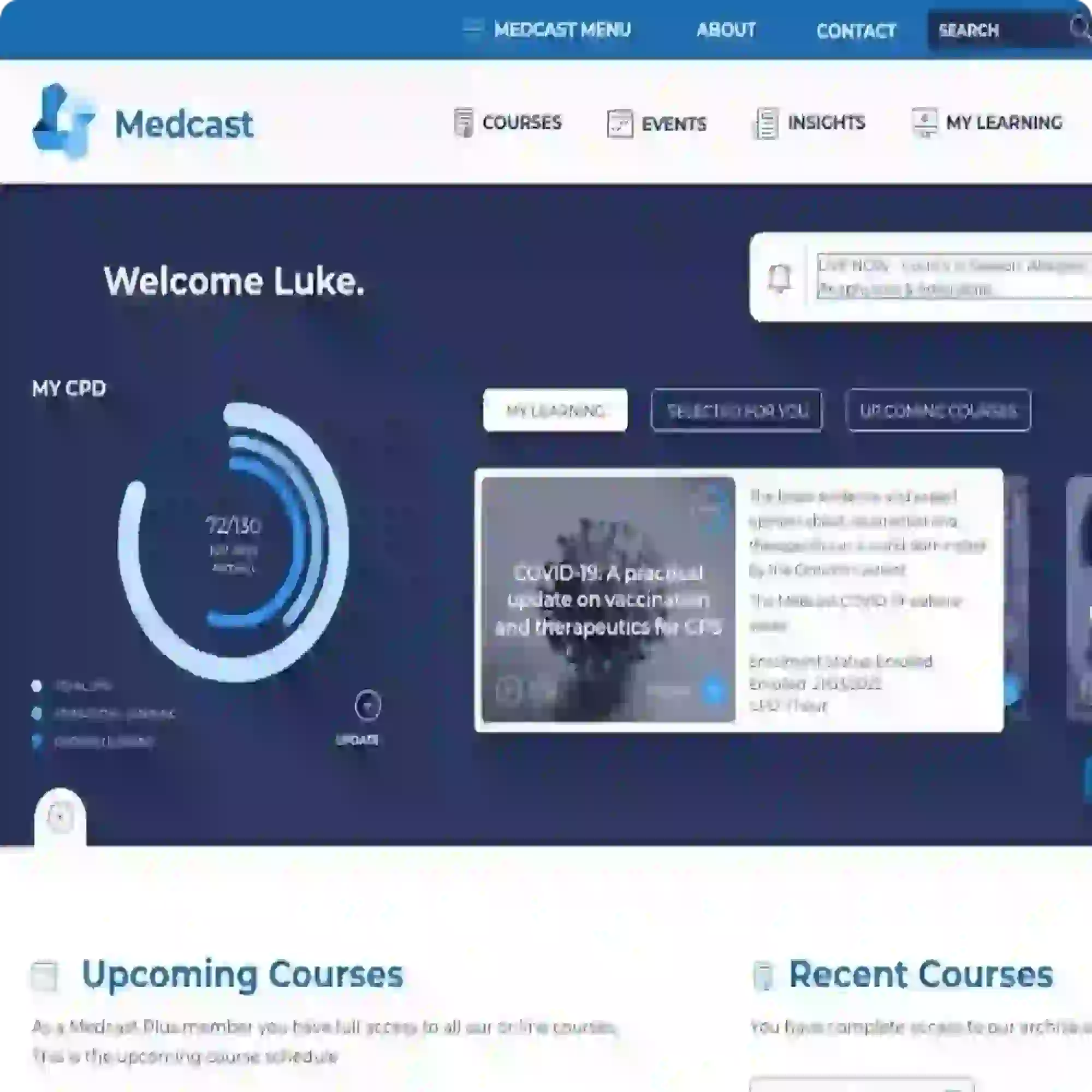Carpal tunnel syndrome - clinical fact sheet and MCQ
Overview
Carpal tunnel syndrome (CTS) is the most common compressive neuropathy of the upper limb, affecting up to 14% of the adult population. It results from compression of the median nerve as it traverses the carpal tunnel, a confined fibro-osseous space at the wrist bordered by the carpal bones dorsally and the transverse carpal ligament volarly. The syndrome predominantly affects women aged over 40 and is a leading cause of workplace disability. Up to 70% of people can have bilateral symptoms.
The primary impact of CTS stems from nocturnal paraesthesia and sensory disruption in the digits on the radial side of the hand, often associated with functional limitations in grip strength, manual dexterity, and sleep disturbance. If untreated, CTS may progress to persistent numbness, thenar atrophy, and irreversible nerve dysfunction.
Aetiology and risk factors
Lorem ipsum dolor sit amet, consectetur adipiscing elit. Maecenas eu odio in nibh placerat tempor ac vel mauris. Nunc efficitur sapien at nisl semper dapibus. Nullam tempor eros sed dui aliquam lacinia. Nunc feugiat facilisis ex.
Vestibulum ante ipsum primis in faucibus orci luctus et ultrices posuere cubilia curae; Maecenas mauris nibh, tempus sit amet erat vel, pellentesque maximus ipsum. Suspendisse dui nunc, porta ac ultricies id, sodales eu ante.
The Medcast medical education team is a group of highly experienced, practicing GPs, health professionals and medical writers.
Become a member and get unlimited access to 100s of hours of premium education.
Learn moreCo-billing and split billing are often a source of confusion for many GPs. This FastTrack clearly defines these two methods of billing, including examples, explanations of when it is and isn’t appropriate to co- or split bill, and common compliance pitfalls. 30 mins each RP and EA available with the quiz.
The Coordinated Veterans’ Care (CVC) Program is a DVA initiative that allows GPs to provide structured, proactive care in the community for eligible veterans and war widows. This FastTrack provides a guide to billing the CVC program, and outlines a strategy for its practice-wide integration.
Achilles tendinopathy is a common cause of posterior heel pain and functional impairment. GPs are well-placed to coordinate care for these patients. This FastTrack fact sheet provides a concise summary of diagnosis and non-surgical management, including when to refer. Earn 30mins each RP and EA CPD with the quiz.

